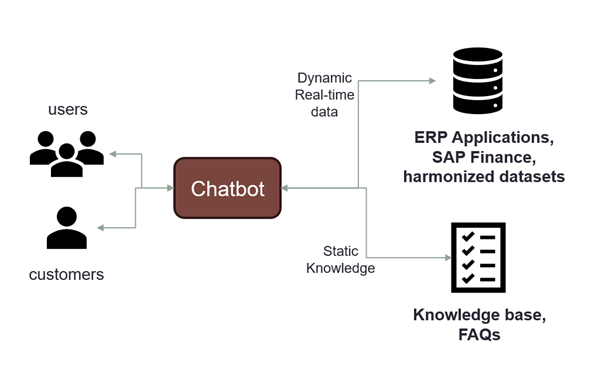Non-SAP Analytics Tools on Top of SAP ERP
- Sergei Peleshuk
- Jan 10, 2023
- 1 min read
Updated: Jul 23, 2023
Do you use non-SAP analytics tools on top of SAP ERP or together with a SAP Data Warehouse? Some organizations choose precisely that strategy by having multiple frontends, dashboarding and business planning (EPM) tools depending on the domain, function, or user group. While connectivity is usually possible one has to consider the volume of related integration activities, additional support structures, and evaluate possible benefits/limitations associated with the new tools.

There is a bunch of valid reasons for having non-SAP analytics tools in the SAP ecosystem, here are a few examples:
· Industry leading tools (BI, dashboarding, planning)
· User engagement, positive sentiment
· Expected lower Total Cost of Ownership
Attention points to consider in this respect are related to integration challenges between non-SAP analytics tools and SAP sources:
· Different data structures and formats may require (re-)designing data warehousing layers specifically tailored towards the new frontends
· Efforts related to infrastructure connectivity, security, authorizations, data volumes, jobs scheduling, etc.
· Write back to the source may be problematic (business planning scenarios)
Also, take into account specific SAP functionality that may be essential, but is not directly supported by non-SAP tools. This may trigger additional development efforts, workarounds, or lack of capabilities. Here are a few examples of such functionality that is natively supported by SAP analytics tools, such as SAC and Analysis for Office:
· Master data hierarchies
· Time-dependent master data
· BW query structures
· Currency/unit conversions
· Customer exit input variables
· End user language settings
· Security & Authorizations




Commenti